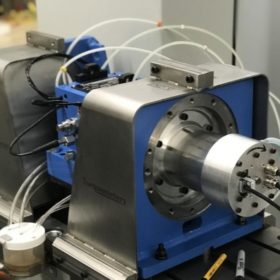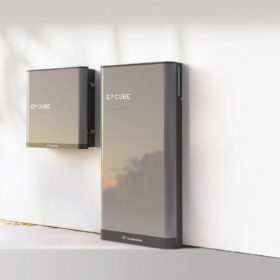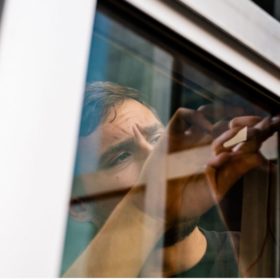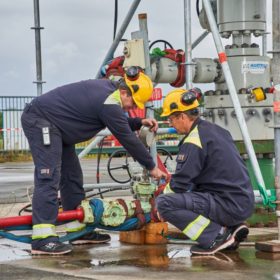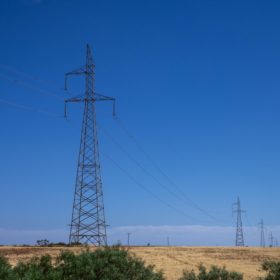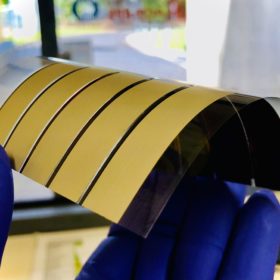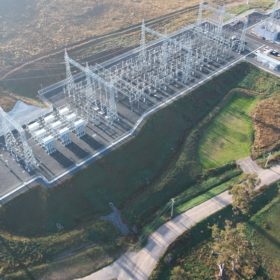UNSW engineers build high-speed motor to boost EV range
A team of engineers from the University of New South Wales has taken inspiration from a bridge in South Korea to develop a new magnetically driven motor which has the potential to increase the range of electric vehicles.
Canadian Solar to unveil all-in-one residential battery and inverter
Chinese-Canadian PV heavyweight Canadian Solar is set to unveil a new residential energy storage unit that is compatible with new and existing solar arrays and is customisable from 9.9 kWh to 19.9 kWh capacities.
Scientists study transparent organic PV materials for solar window applications
A team of scientists in the United States have designed a transparent organic photovoltaic material for solar window applications in commercial buildings.
Underground caverns to help unlock Australia’s hydrogen industry
Australia’s ambitions to become a major player in global green hydrogen production and trade have received a boost with a new report from Geoscience Australia confirming the potential for large-scale, underground storage of hydrogen in salt caverns across the country.
NSW refines transmission plans for Central-West Orana REZ
The New South Wales government’s plans to develop a renewable energy zone in the state’s central west is one step closer to fruition following the release of the scoping report for the transmission infrastructure required to connect at least 3 GW of new renewable energy generation capacity to the grid.
Flexible, roll-to-roll printed perovskite solar cell hits 16.7% efficiency
A team of scientists from the CSIRO have demonstrated a flexible perovskite solar cell using roll-to-roll compatible “printing” type processes, which could potentially be applied in large-scale manufacturing. Of particular note is the development of a viable roll-to-roll process to deposit the electrode layer, which has thus far been a major challenge. Cells fabricated by the group achieved a maximum efficiency of 16.7%.
Transgrid turns to Smart Wires technology to unlock renewables
Transmission network operator Transgrid is counting on technology developed in the United States to increase the capacity for the bidirectional flow of energy between Australia’s most populous states with works on the Victoria to New South Wales Interconnector upgrade project nearing completion.
Perovskite solar cell achieves 24% efficiency, retains 87% of output after 100 days
Researchers at the National Renewable Energy Laboratory in the United States have made a breakthrough in high efficiency and stability for perovskite solar cells.
Weekend read: Teamwork makes the green work
Solar-wind hybrid plants are rapidly becoming mainstream, and in booming markets like India and the US these hybrids are increasingly preferred to singular projects despite the higher installation cost. There is no shortage to the benefits of hybridisation, from a smoother power output profile to the cost saving of grid connection. But getting the balance right for new projects and retrofits remains a challenge. Blake Matich reports on this growing trend.
PV-powered electrolysis module to produce hydrogen from moisture in air
A team of Australian scientists have developed a new way to produce hydrogen using water from the atmosphere. They claim their new module can ensure stable performance and provide green hydrogen for remote areas.
